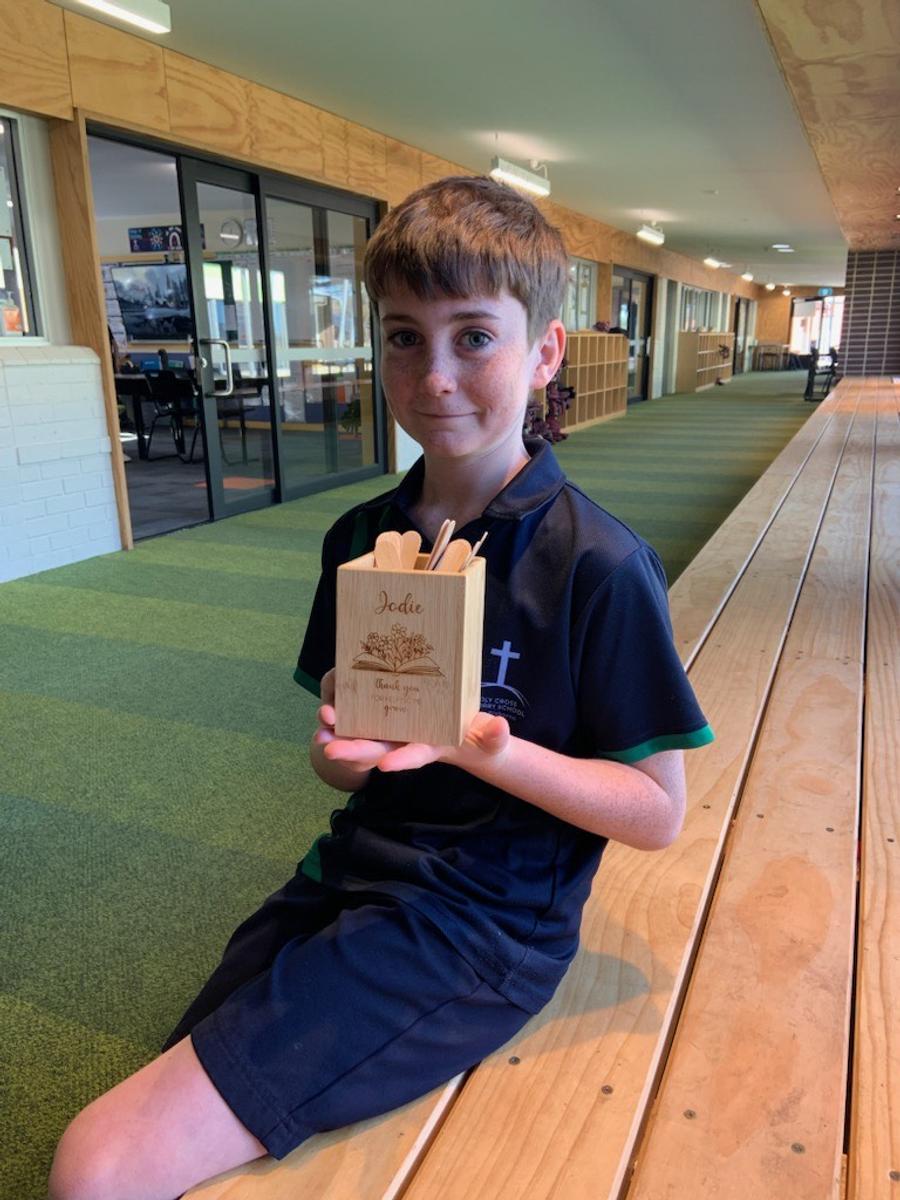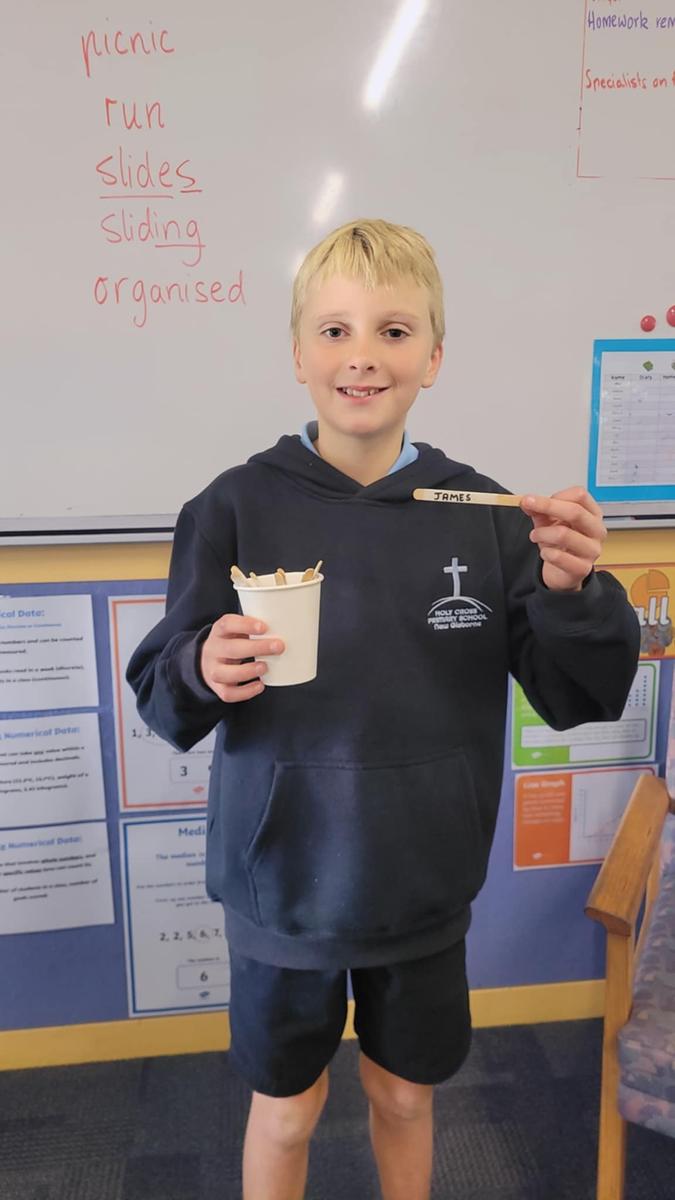Learning & Teaching

Cold-Calling Student Review
Over the past few weeks, our teachers have been refining their use of an engagement strategy known as cold-calling. This approach ensures that all students have the opportunity to share their thinking, encourages active participation, and allows teachers to check for understanding by hearing a range of responses from across the classroom. Cold-calling helps create a learning environment where every student is expected and, supported, to engage.
After several weeks of focusing on this strategy, we decided to check in with our students and hear their thoughts on how cold-calling is working in their classrooms.
Max McGrath Reflects on Cold Calling:
What is cold-calling?
Max: "Everyone's name in the class is written on an icy-pole stick and put in a container. After some teaching, Jodie will ask a question and randomly pick up a stick and call out the name. When your name is called you have a go at answering the question. It's really good because its random, so everyone gets a go. It's better than people putting their hand up to answer the question."
Why is it better than putting your hand up to answer a question?
Max: "Everyone gets a go because its random. You don't know who is going to be picked to answer the question. It makes you want to focus and learn so you can answer the question if your stick is picked. It's also exciting waiting to see who gets called."
What strategies does your teacher use so you feel safe and comfortable in cold-calling?
Max: "Our teacher helps us feel comfortable by letting us hear a friend answer the question if we don't have an answer. We listen to their answer and think about it."
What happens if your stick isn't chosen but you really wanted to share your response to a question?
Max: "Sometimes after cold-calling has happened we still get to put our hands up and share our own answers too, which is good. Sometimes everyone gets to answer the question too."
Cold Calling in 5A
In our class, Pat has a special cup filled with sticks, and each stick has a student’s name on it. When we’re doing learning activities, the he pulls out a stick to choose someone to answer a question. If the person picked needs help, Pat pulls out another stick so a classmate can help them.
This helps us all learn because we get to have a go, help each other, and stay ready. It keeps things fair because everyone has a chance to be chosen.
Pat doesn’t just use the sticks for questions during lessons. He also uses them for fun activities like positive primer, silent ball, classroom games, forming groups and even during 99 Math. If a question gets missed, he pulls a stick so someone else can try it.
We also play learning games like Wipeout on the whiteboard. It’s not always about getting the answer right, it’s about giving it a go and learning together!
Written by James Dwyer


